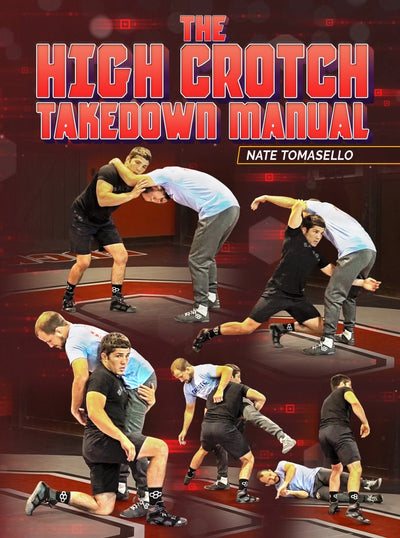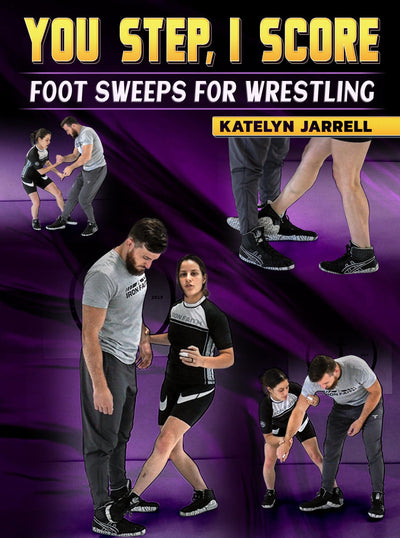Wrestling Stretches
In the realm of wrestling, strength and technique often take center stage, but it's the often-overlooked element of flexibility that can be the secret weapon for success on the mat. Wrestling stretches go beyond enhancing agility; they empower athletes with improved range of motion, mental focus, and strategic advantage. As wrestlers navigate the intricacies of wrestling weight classes, wrestling grip control, neck strength, and more, integrating proper stretching routines becomes an invaluable tool in their pursuit of victory.
What this article covers:
- Wrestling Weight Classes: Striving for Precision
- Wrestling Breathing: A Bridge to Endurance
- Wrestling Grip: A Flexible Foundation
- Neck Exercises for Wrestling: Balance and Flexibility
- The Wrestling Bridge: Amplifying Range of Motion
Wrestling Weight Classes: Striving for Precision
Wrestling weight classes are the backbone of fair competition, ensuring that athletes of similar size and strength face off against each other. Flexibility complements weight class precision, allowing wrestlers to execute movements with finesse and capitalize on their physical attributes. A limber body enhances takedown accuracy, defensive maneuvers, and the ability to react swiftly during matches.
HIGH IMPACT HEAVYWEIGHT OFFENSE IS HERE!
Wrestling Breathing: A Bridge to Endurance
Controlled wrestling breathing techniques are fundamental to wrestling success. As athletes engage in wrestling stretches, they have an opportunity to practice rhythmic breathing, aligning breath with movement. This synchronization not only promotes oxygen intake and energy conservation but also fosters mental focus in high-pressure situations.
Wrestling Grip: A Flexible Foundation
A wrestler's grip is their lifeline to control and dominance. While stretching may not seem directly connected to grip strength, it plays a vital role in the mechanics of a strong hold. Flexible wrists and forearms enable wrestlers to adjust their grip quickly and efficiently, ensuring they can maintain control during critical moments.
Neck Exercises for Wrestling: Balance and Flexibility
Neck exercises are a cornerstone of wrestling preparation, enhancing neck strength and stability. When combined with stretching, wrestlers improve the overall flexibility of their upper body. A supple neck and shoulders not only prevent injuries but also facilitate fluid movement, enabling athletes to adapt to opponents' actions with ease.
Get the EFFECTIVE HEAVYWEIGHT DEFENSE system here!
The Wrestling Bridge: Amplifying Range of Motion
The wrestling bridge movement not only trains the neck and back muscles but also expands the body's range of motion. By incorporating stretches like the cobra stretch and child's pose, wrestlers can reinforce the benefits of the bridge, enhancing spinal flexibility and contributing to better overall posture.
Flexibility is the underpinning of wrestling prowess, intersecting with every aspect of the sport, from grip control and neck strength to the wrestling bridge and weight class precision. As wrestlers embrace stretching routines, they refine their techniques, reduce the risk of injuries, and gain a competitive edge. The marriage of strength, technique, and flexibility propels wrestlers into a league of their own, where every movement is executed with grace and purpose, and each match is an opportunity to showcase their mastery of the mat.
Did You Enjoy This Piece? Check out Other Wrestling Moves:
- Best Wrestling Exercises
- Boxing Versus Wrestling
- Judo Versus Wrestling
- Catch Wrestling Versus BJJ
- Difference Between Folkstyle and Freestyle Wrestling
- Wrestler Versus Boxer
- Women's Freestyle Wrestling
- When Is Freestyle Wrestling in the Olympics?
- When Does Men’s Freestyle Wrestling Start?
- Mexican Freestyle
- Judo for Wrestling
- Olympic Wrestling Styles
- Attack Style Wrestling
- Heavyweight Wrestling Tips
- Passivity Wrestling











